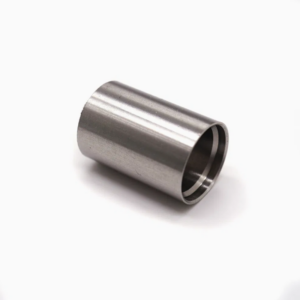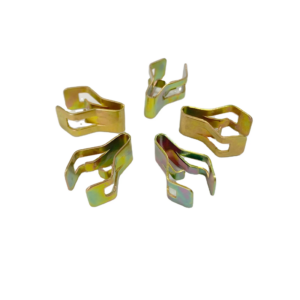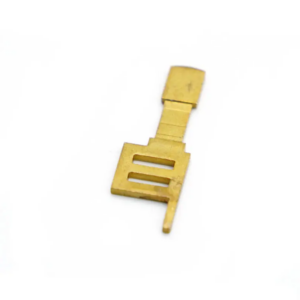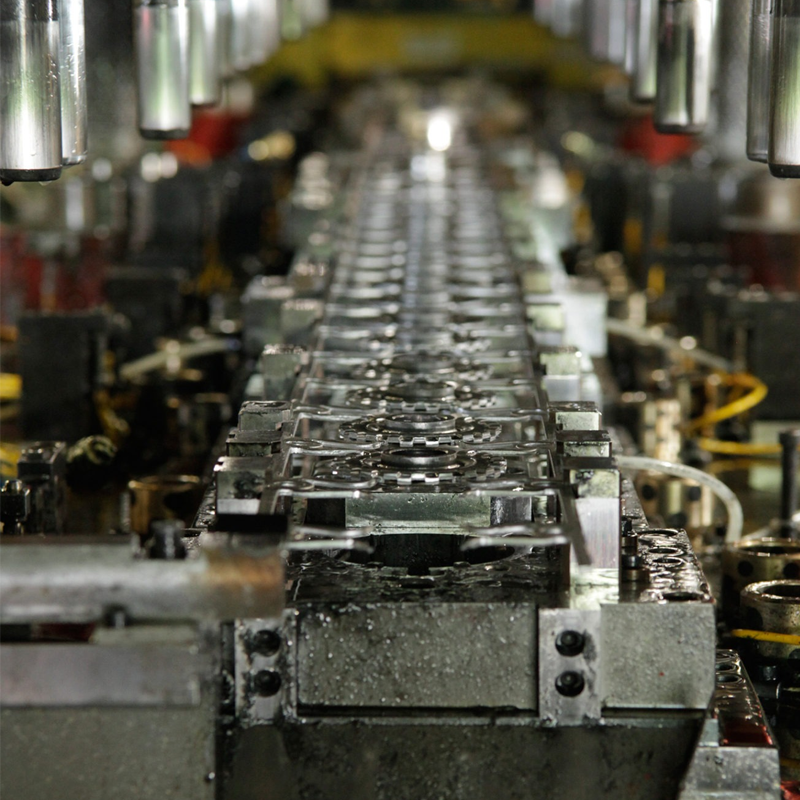In the modern manufacturing landscape, achieving both precision and efficiency is non-negotiable. At the heart of this pursuit lies the metal stamping press, a machine designed to shape metal into highly intricate and consistent components. Whether you’re in automotive manufacturing, electronics, or aerospace, understanding the functionality and importance of metal stamping presses can optimize your production capabilities. In this article, we will explore what metal stamping presses are, why they are a crucial investment for manufacturers, and how to choose the right press for your operations.
What is a Metal Stamping Press?
A metal stamping press is a versatile and powerful machine used in the manufacturing process to shape flat metal sheets into precise, three-dimensional parts. This is done using specialized tools and dies that apply high-pressure force to transform the metal into various shapes. The types of operations performed by these presses include punching, bending, coining, and forming, all of which are essential for producing complex metal components.
These presses are commonly used in high-volume production environments, where accuracy, speed, and consistency are key. A metal stamping press ensures that components are produced to exact specifications with minimal variation, reducing material waste and improving overall production efficiency. Whether you’re manufacturing automotive parts, medical device components, or consumer electronics, a metal stamping press plays an integral role in turning raw materials into fully functional parts.
Metal stamping presses come in various configurations, each designed to meet specific production needs. The key to their effectiveness is their ability to combine force, speed, and precision, resulting in high-quality parts at scale.
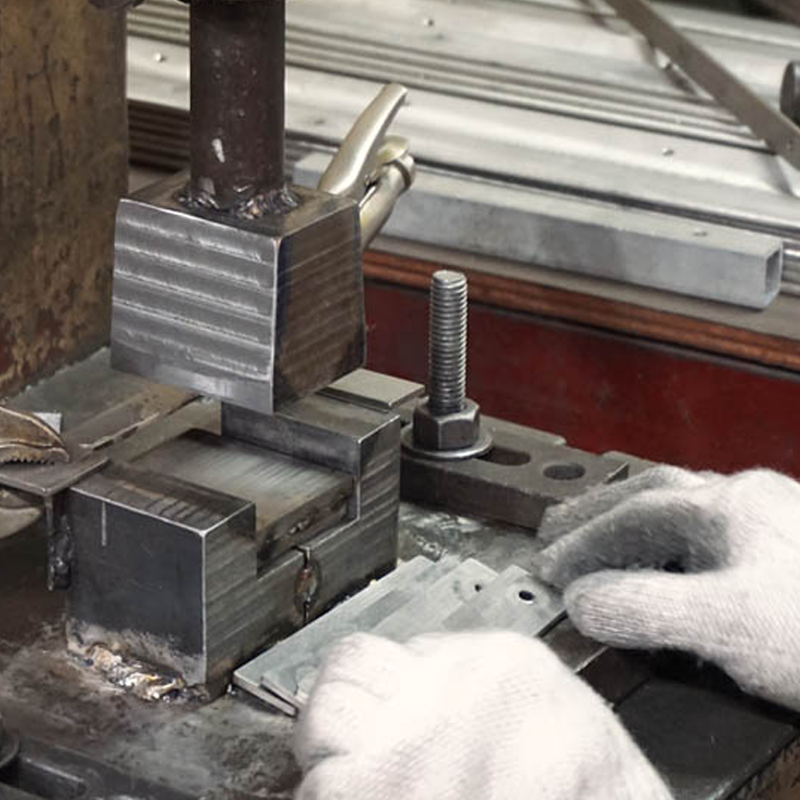
Why Invest in a Metal Stamping Press?
Adopting a metal stamping press in your production line can provide several significant advantages. Here are some of the reasons why this machine is a smart investment:
-
Precision at Scale
One of the primary benefits of metal stamping presses is their ability to deliver precise, high-quality parts at scale. This precision is critical in industries where tight tolerances and repeatability are required, such as automotive, aerospace, and electronics. A well-calibrated stamping press ensures that each part is produced with consistent dimensions, minimizing discrepancies between parts and reducing the likelihood of defects in the final product.
For instance, in the automotive industry, every component—whether it’s a body panel or engine part—must fit together with utmost accuracy to ensure safety, performance, and overall functionality. A metal stamping press ensures that each part meets stringent quality standards while keeping production costs down.
-
Enhanced Efficiency and Speed
Metal stamping presses are designed to operate at high speeds, making them perfect for mass production environments. These machines can produce a large volume of parts in a short amount of time, which is particularly important when working with high-volume production runs. This efficiency reduces the time needed to fulfill customer orders and helps manufacturers keep up with the demands of fast-paced industries.
By automating the production of parts, a metal stamping press not only boosts productivity but also lowers the risk of human error, ensuring consistent results with every cycle. As a result, manufacturers can streamline their operations, increase throughput, and lower costs.
-
Cost-Effectiveness
While the initial investment in a metal stamping press can be substantial, the long-term benefits far outweigh the costs. Once set up, a stamping press operates efficiently with minimal manual intervention. The reduction in labor costs and material waste, coupled with its ability to produce high volumes of parts in a relatively short time, makes the metal stamping press a cost-effective solution.
Additionally, since these machines are built to last and require minimal maintenance, they offer excellent durability, making them a reliable investment for your business. The reduced need for frequent repairs and downtime contributes to a higher return on investment over time.
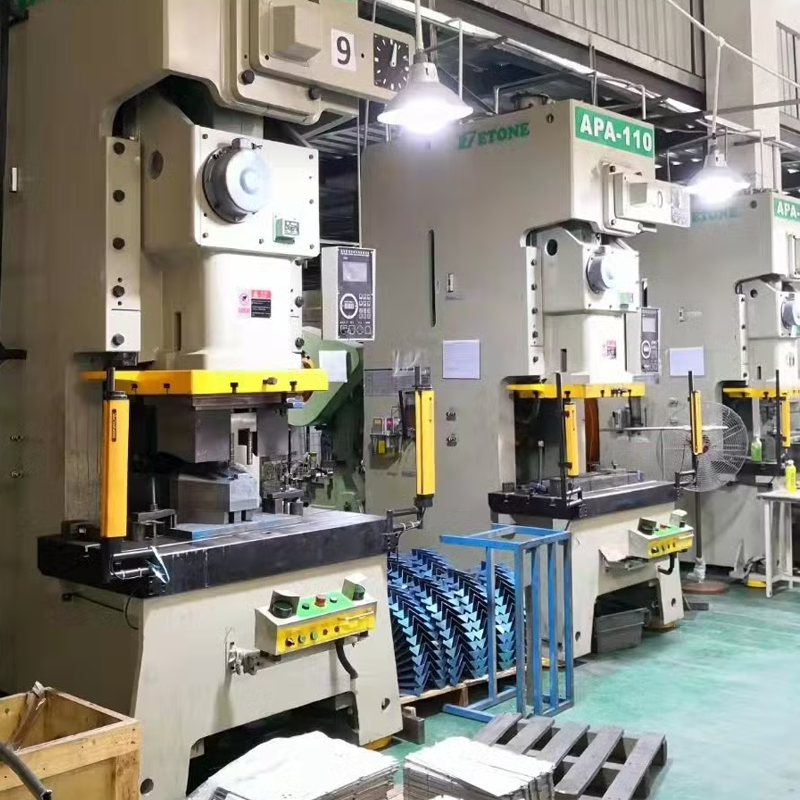
Types of Metal Stamping Presses
Not all metal stamping presses are the same. The best press for your needs will depend on factors such as your production volume, precision requirements, and material types. Below are the most common types of metal stamping presses:
-
Mechanical Presses
Mechanical presses are ideal for high-speed, repetitive stamping operations. Driven by a flywheel, these presses are capable of performing stamping operations at rapid speeds, making them a go-to choice for mass production processes. The speed and simplicity of mechanical presses make them highly reliable for applications that require consistent output.
-
Hydraulic Presses
Hydraulic presses operate using hydraulic cylinders that provide a steady, controlled force over an extended period. This makes them ideal for jobs that require high-force applications and for stamping thicker or harder materials. Hydraulic presses excel in deep drawing and other complex forming operations where precision control is necessary.
-
Servo Presses
Servo presses are the most advanced type of stamping press, utilizing servo motors to offer precise control over every aspect of the stamping process. These presses allow for detailed adjustments in force and speed, providing excellent flexibility for manufacturers dealing with varying material properties or intricate part designs. Servo presses are ideal for high-precision applications where fine tolerances are critical.
-
High-Speed Presses
Designed for maximum speed and minimal cycle time, high-speed presses operate at incredible rates while maintaining accuracy. These presses are used in industries that require rapid production cycles, such as automotive manufacturing, where parts need to be stamped quickly and consistently in large quantities.
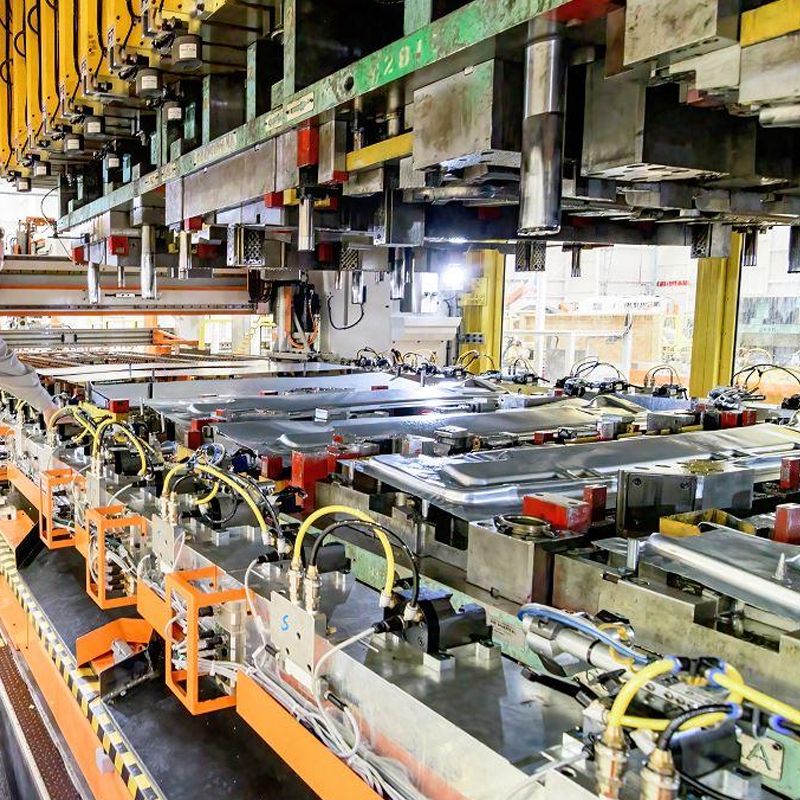
The Metal Stamping Process
Understanding the stages of the metal stamping process is crucial to optimizing production. Here’s an overview of the key stages:
-
Sélection des Matériaux
Choosing the right material for your stamped parts is crucial to the success of the stamping process. Factors like strength, flexibility, and corrosion resistance determine the material’s suitability for your project. Common materials used in metal stamping include steel, aluminum, brass, copper, and other alloys, each with unique properties that make them ideal for different applications.
-
Part Design and Tooling
Once the material is selected, part design and tooling come next. Computer-Aided Design (CAD) software is often used to design the part, ensuring that it meets dimensional specifications. Once the design is finalized, a die set is created, which includes the punch and die components needed to shape the material. Tooling is a critical step because it determines the precision and efficiency of the entire process.
-
Stamping Operations
With the design and tooling in place, the actual stamping begins. The press applies high-pressure force to the metal sheet, transforming it into the desired shape. Depending on the part, this may involve cutting, bending, blanking, drawing, or coining.
-
Post-Stamping Operations
After the stamping process, parts may undergo additional operations such as trimming, deburring, and finishing. These steps ensure that the part is free from excess material and defects and meets the desired appearance and functional properties.
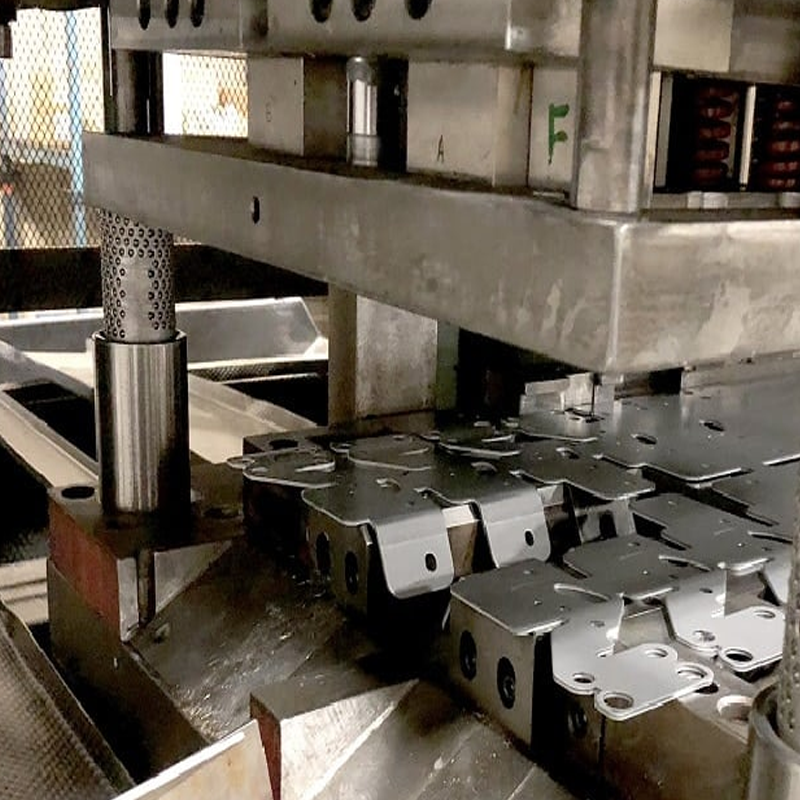
Choosing the Right Stamping Press for Your Operations
Selecting the right stamping press involves assessing your unique production needs. Here are a few important factors to consider:
– Production Volume: For large production runs, consider high-speed presses or mechanical presses.
– Precision Needs: For parts that require high precision, servo presses are ideal.
– Material Compatibility: Make sure your press can handle the materials you plan to work with, whether they are soft metals or high-strength alloys.
– Long-Term Reliability: Ensure the press you select offers excellent durability and comes with adequate support and maintenance options.
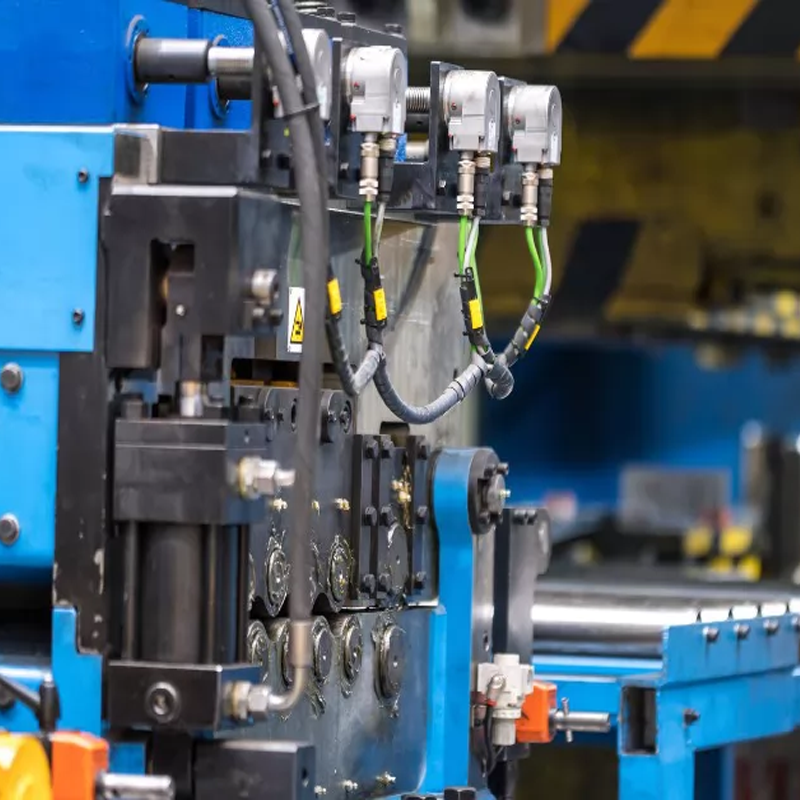
Conclusion
Metal stamping presses are vital to high-precision manufacturing processes across multiple industries. With their ability to combine speed, force, and precision, they deliver high-quality parts with minimal waste, improving both efficiency and cost-effectiveness. Whether you’re in the automotive, aerospace, or electronics industry, investing in a metal stamping press can significantly enhance your production capabilities.
If you’re looking to improve your manufacturing operations, choosing the right stamping press and understanding the stamping process is key to success. At Plantmetal, we specialize in providing high-quality metal stamping presses tailored to your specific needs. Contact us today to learn how we can help optimize your production processes and elevate your product quality.

